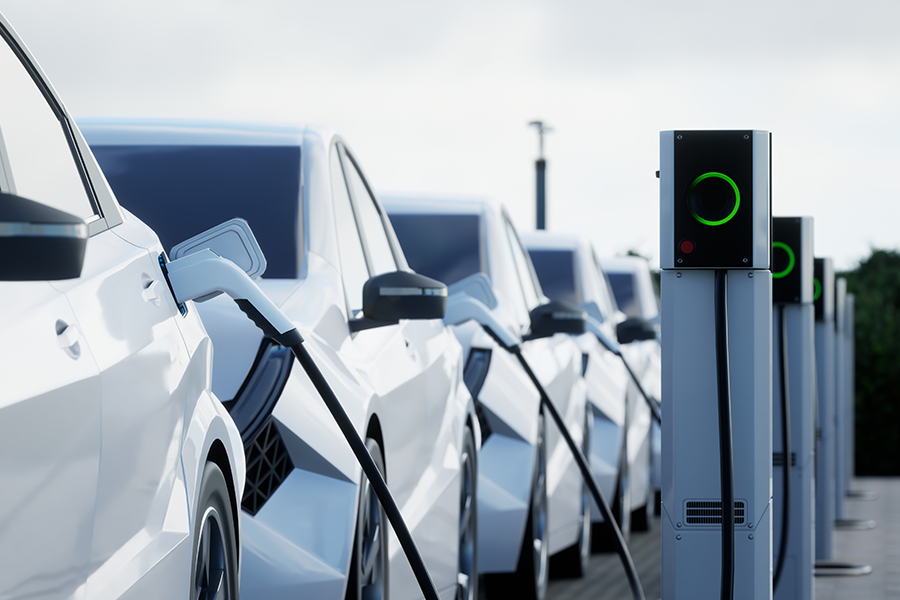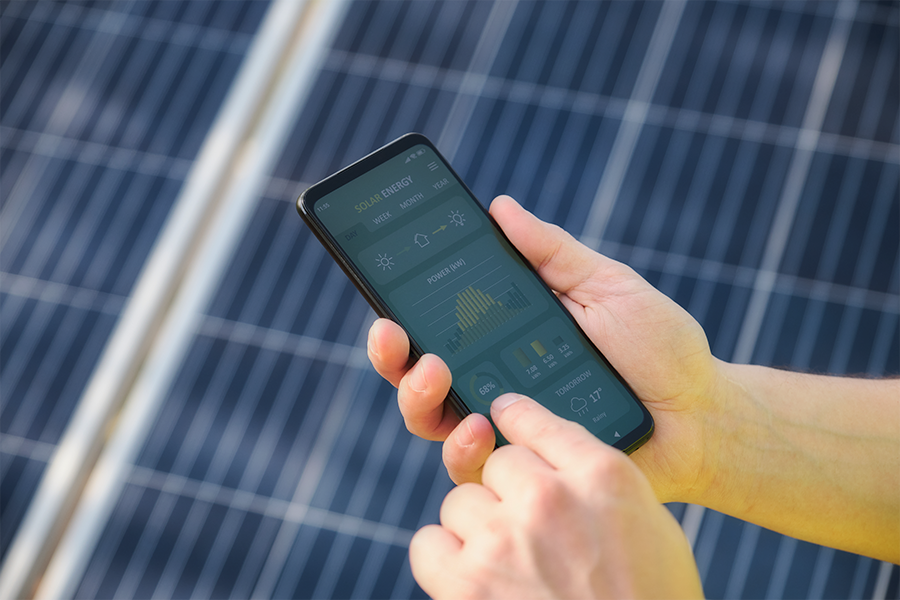How new technologies are transforming the operational efficiency of water utilities
For a long time, the water utility sector was considered the” little brother” of the more technologically advanced energy and infrastructure sectors, viewed as being risk-averse and unwilling to embrace change.
A cautious disposition is reasonable: The water industry provides a life-sustaining service, and so demands certainty of any adopted innovation’s reliability.
Today, the water utility sector has evolved, pairing its vigilance with the recognition that new technologies can transform their operational efficiency. Data gathered from customers, plants, and equipment enables utilities to optimize the way they monitor their operations, communicate with stakeholders, and maintain their assets. The same technologies also ensure only the reliable innovations are adopted.
How new technologies can transform the water utility sector
Imagine a world without breakdowns, outages, or leaks from corroded pipes and broken pumps. One in which your asset management moves beyond problem solving and into process improvement. One in which you never again need to put out fires because you made sure there was no chance of a fire in the first place. That is the power of preventive maintenance with the Internet of Things (IoT) and Web 3.0.
In the industrial sector, the use of remote monitoring and analytical modeling has already resulted in a net reduction of resources allocated to executing preventive maintenance tasks. From an asset perspective, more extensive data collection and analysis—made possible with today’s IoT and Web 3.0 solutions—provides the insight needed to improve the reliability of your operations and services. Asset operators can truly understand the quality of the assets they deploy into operations, driving new asset lifecycle strategies that remove poor-performing assets from their operations and ultimately reducing downtime and costs.
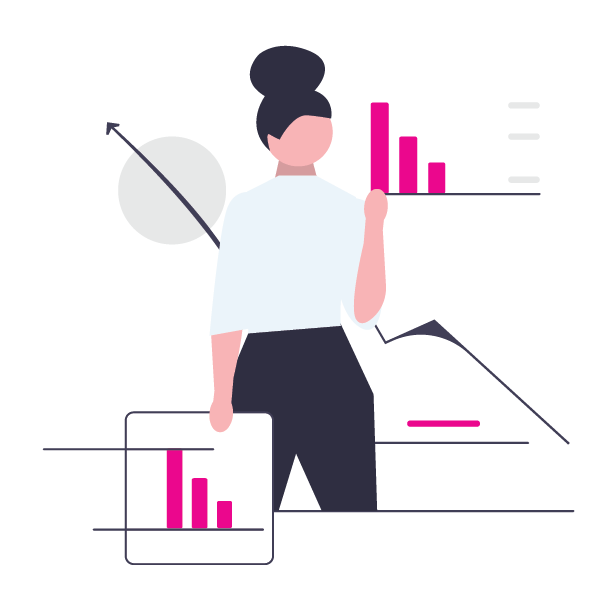
What are the benefits of predictive maintenance?
Using IoT and Web 3.0 can help you:
- Extend the lifespan of your assets
- Reduce maintenance costs
- Boost productivity
- Reduce unplanned downtime
How to implement it?
- Data gathering
Sensors in the plant and on equipment provide real-time condition monitoring and pass data seamlessly into your cloud-based ERP, giving you full insight into the viability of each part of your network. - Inventory spares
You can leverage this data to understand what to stock, from where to order, and reorder timelines. - Data-driven workflow
Using your new insights, you now know which resources to allocate at optimal frequencies.
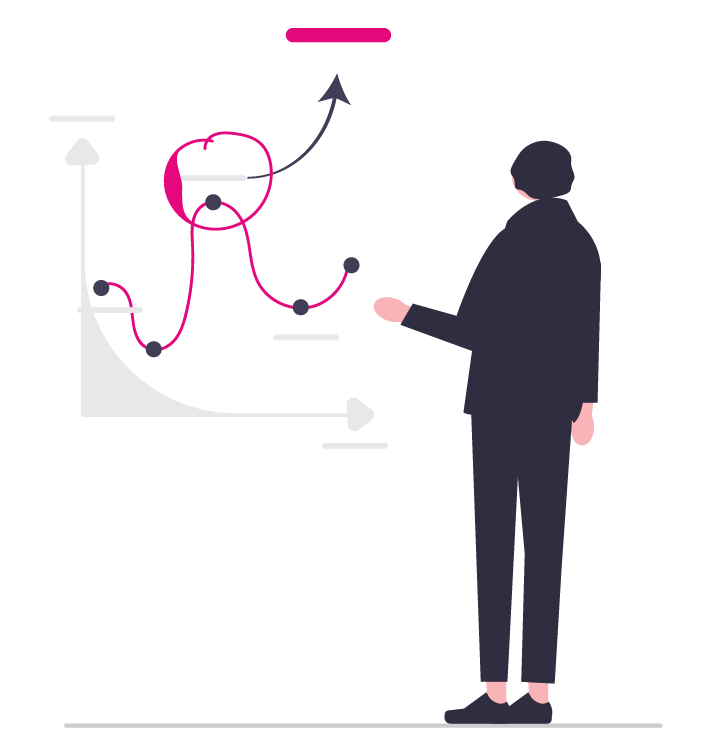
Congratulations! You’ve just harnessed technology to revolutionize your routine maintenance.
The top five applications of IoT and Web 3.0 for water utilities
Connected technology is revolutionizing almost every industry on the planet. Even the traditionally conservative water utility sector is finding that the real-time, data-driven integration of processes, infrastructure, and services is opening new possibilities. In other words, the value of IoT and Web 3.0 goes further than preventive maintenance. Waste reduction, cost reduction, and better communication with customers are some of the other value areas.
Let’s take a closer look at how IoT and Web 3.0 can help water utilities.
How to mitigate risks to your digital operations
Like any infrastructure sector, the water industry exists in an increasingly digitalized environment. More and more information is stored in the cloud as the Internet of Things (IoT) increasingly influences not only metering and billing, but also operations and maintenance functions. Pandemic-forced remote working also greatly increased the amount of required third-party networks and software interactions.
On the one hand, this increases efficiency and process integration and makes it easier for colleagues across different sites to cooperate effectively. However, as any systems analyst will tell you, every networked item is a potential access point. With the opportunity for increased processes, automation, and digitalization, we need to consider the risk of cyberattacks as evidenced in other business sectors.
What are the cybersecurity risks for water utilities?
The risks are the same as for any other business sector, although with potentially more severe consequences. There is no shortage of information about the recent uptick in malware and ransomware attacks. Imagine a large water utility disabled due to an attack that denies employees access to the programs required to provide clean drinking water, treat wastewater, and/or monitor and control reservoir levels. The fallout would be tremendous.
An additional troubling risk is the more traditional data hack resulting in the theft of customer data. This could include banking details, home addresses, and passwords for their online account. The potential result for the utility is financial loss and/or damaged reputation and trust.
A sound cybersecurity strategy and regular employee education against cybersecurity threats can be among your most effective defenses.
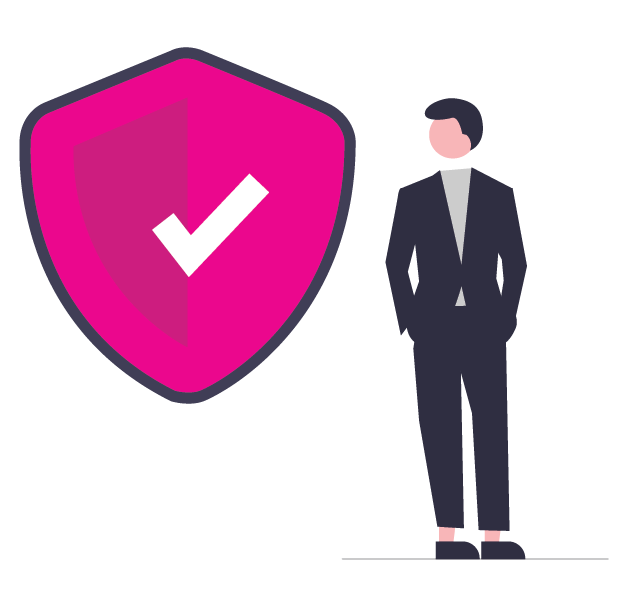
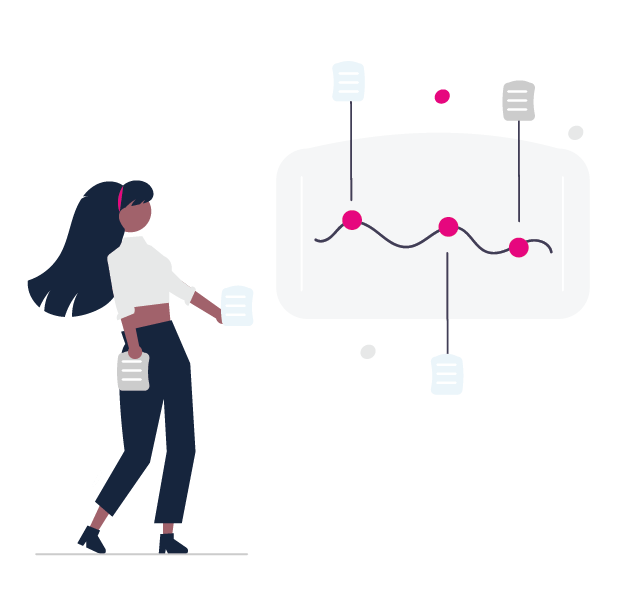
Make a plan
To create an effective cybersecurity plan, consider the following:
- What risks do you want to mitigate?
- What assets do you want to protect?
- Do you have the internal resources and expertise to accomplish your goals?
- What is the roadmap to build and implement the plan?
- How will the execution of the cybersecurity plan impact your organization?
Once you know what you are protecting, who will protect it, and how, you can start to analyze your existing risks and determine how to mitigate them.
Continuous education
One of the most important ways to defend against most cyberthreats is to educate staff on cybersecurity basics. Most company data attacks are classified as malware, phishing, IoT breaches, or man-in-the middle attacks.
You can help mitigate these attacks by training your people to take some simple steps:
- Never open attachments or click links in emails from unknown senders
- Regularly change passwords on all devices and use strong passwords
- Don’t connect work devices to unsecured public Wi-Fi networks
These may seem obvious, but regularly emphasizing these mitigation strategies to employees can support a strong cybersecurity posture.
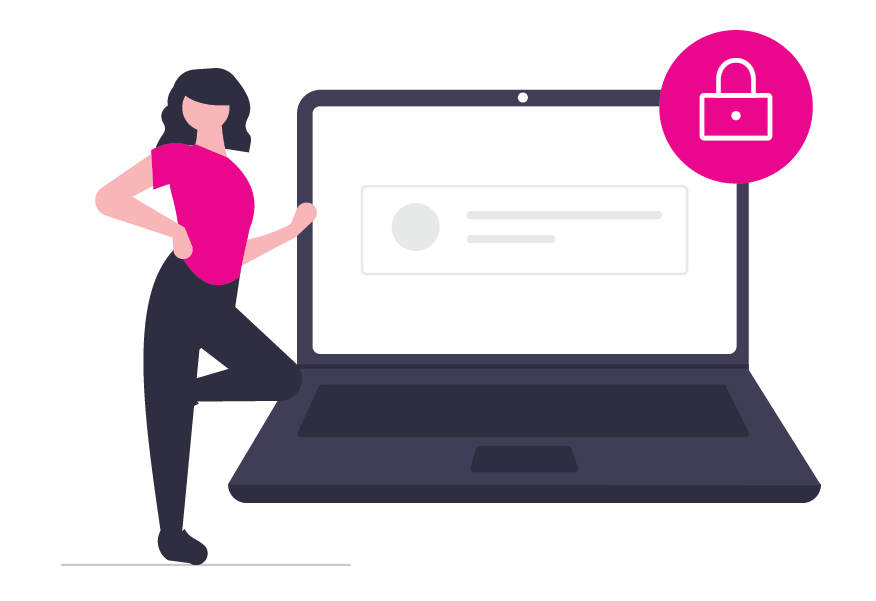
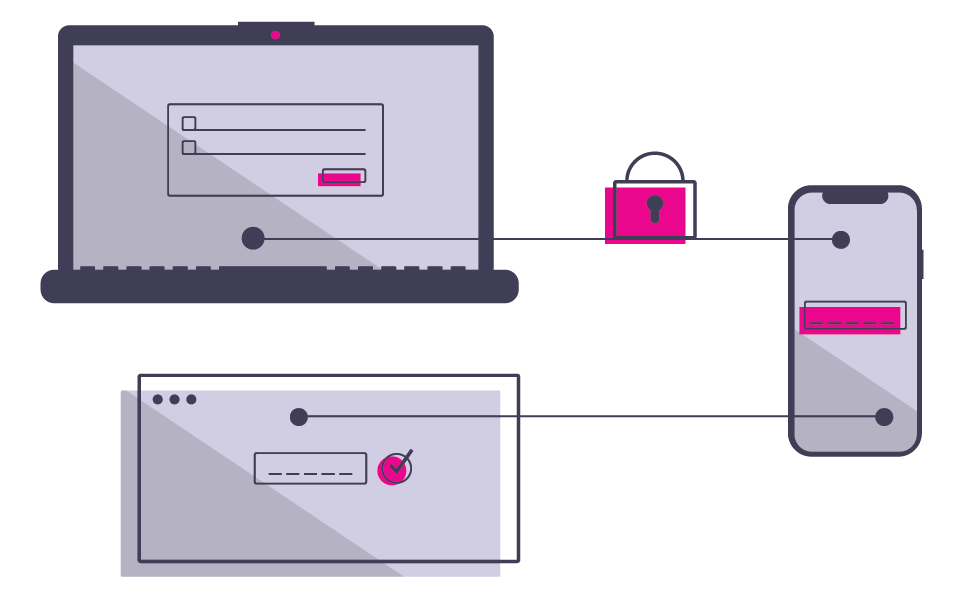
Take a security-by-design approach
As the water utility sector operationally improves by using more complex monitoring technology, smart meters, analytics, and even artificial intelligence (AI), the complexity of cybersecurity threats will also increase.
So when you introduce new software, systems, and devices, take a security-by-design approach built into the implementation—not as an afterthought—to keep your networks and assets safe.
Continue Reading
Transforming energy suppliers into solution providers: 5 key strategies
In today's fast-paced world, energy suppliers must evolve into comprehensive solution providers. Discover five key strategies to lead this evolution.
3 ways AI is transforming how utilities serve customers
Discover how Microsoft's Copilot AI, a natively integrated component of our UMAX CIS/CRM, can enhance customer experience, alleviate demand on your customer service teams, and boost operational efficiency.
Transforming Energy Management in Utilities: how to put your customers in control
Discover 3 actionable strategies energy suppliers can implement to empower their customers and drive a paradigm shift in energy management.
